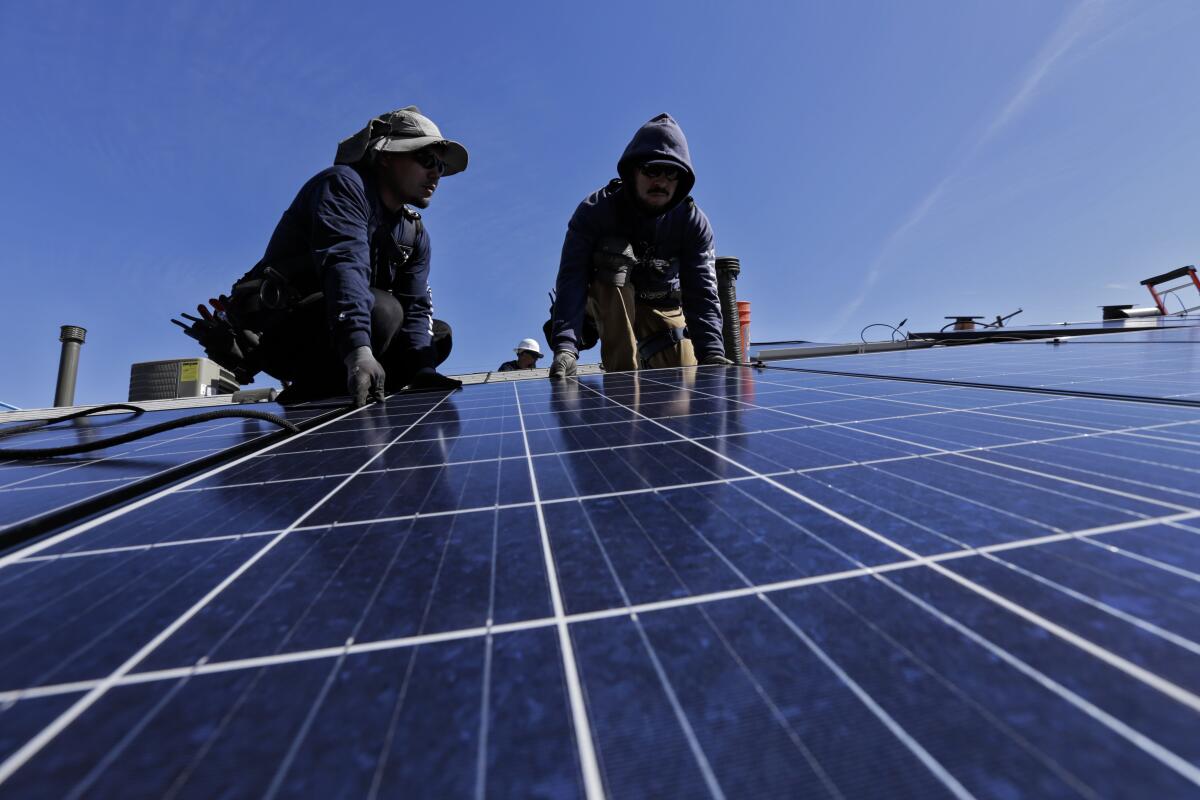How to Integrate Ground-Mount Solar with Battery Storage Solutions
As India continues its push towards renewable energy adoption, ground-mounted solar photovoltaic (PV) systems are becoming an increasingly popular choice for commercial and industrial entities. By harnessing the abundant solar energy available, these systems offer a sustainable and cost-effective way to meet energy needs while reducing reliance on fossil fuels. However, one of the main challenges with solar power is its intermittent nature, as the sun’s availability fluctuates throughout the day and year. This is where battery energy storage systems (BESS) come into play, allowing businesses to store excess solar energy for use during periods of low or no solar production.
By integrating ground-mount solar arrays with BESS, companies can maximize their renewable energy utilization, increase energy resilience, and potentially save money on utility bills. In this article, we will explore the benefits of this integration and provide insights into how to effectively implement it, including key design and planning considerations.
Benefits of Integrating Ground-Mount Solar with Battery Storage
- Increased Energy Resilience: One of the primary advantages of combining ground-mount solar with battery storage is improved energy resilience. During power outages or grid disruptions, the stored energy in the batteries can be used to power critical operations, ensuring business continuity and minimizing downtime. This is particularly important for industries where uninterrupted power supply is crucial, such as manufacturing, healthcare, and data centers.
- Peak Demand Shaving: Utility companies often charge higher rates during periods of peak energy demand, typically in the late afternoon and early evening hours. By storing solar energy in batteries during the day and discharging it during these peak hours, businesses can reduce their reliance on the grid and potentially lower their electricity costs significantly.
- Time-of-Use Arbitrage: Many utilities in India offer time-of-use (TOU) rates, where electricity prices vary depending on the time of day. With battery storage, businesses can store solar energy when electricity rates are low and use the stored energy when rates are higher, essentially arbitraging the price difference and optimizing their energy costs.
Implementing Ground-Mount Solar with Battery Storage
When integrating ground-mount solar with battery storage, there are several key considerations to keep in mind:
- System Sizing: Proper sizing of both the solar PV array and battery storage system is crucial for optimal performance and cost-effectiveness. The solar array should be sized to meet the desired energy production goals, taking into account factors such as available land area, shading, and local solar irradiance levels. The battery capacity should be determined based on factors like required backup duration, peak demand shaving goals, desired depth of discharge, and future expansion plans.
- Battery Chemistry: Different battery chemistries, such as lithium-ion, lead-acid, or flow batteries, offer varying advantages and trade-offs in terms of energy density, cycle life, safety, and cost. Lithium-ion batteries are often preferred for their high energy density, long cycle life, and low maintenance requirements, but they can be more expensive upfront. Lead-acid batteries are a more economical option but have a shorter lifespan and require more maintenance. Flow batteries, while still an emerging technology, offer the potential for longer cycle life and scalability, but may have higher upfront costs.
- Operation and Maintenance: Implementing a robust operation and maintenance (O&M) plan is crucial for ensuring the long-term performance and reliability of the integrated system. Regular inspections, monitoring, and preventive maintenance can help identify and address potential issues before they escalate, prolonging the system’s lifespan and maximizing its return on investment. Partnering with experienced O&M service providers can ensure proper care and upkeep of the system.
Design and Planning Considerations
Proper planning and design are crucial for successful integration of ground-mount solar with battery storage solutions. Here are some key considerations:
- Site Selection and Assessment: Evaluating the proposed site’s solar resource potential, topography, soil conditions, and proximity to transmission infrastructure is essential. Conducting site surveys and feasibility studies can help identify potential challenges and inform the system design. Factors such as shading, land availability, and environmental concerns should also be taken into account.
- Load Profile Analysis: Understanding the facility’s energy consumption patterns, peak demand periods, and load characteristics is vital for accurately sizing the solar PV and battery storage components. Load profile analysis can help optimize the system design to meet specific energy needs and usage patterns, ensuring that the integrated solution effectively addresses the facility’s unique energy requirements.
By carefully considering these design and planning factors, businesses can ensure that the integration of ground-mount solar with battery storage solutions is tailored to their specific needs, optimized for performance and cost-effectiveness, and aligned with regulatory and stakeholder requirements.
Waaree RTL, a subsidiary of the renowned Waaree Group, is at the forefront of delivering cutting-edge renewable energy solutions to customers across India. With a strong commitment to innovation and sustainability, Waaree RTL offers comprehensive ground-mount solar and battery storage solutions tailored to meet the unique needs of commercial and industrial entities. Their team of experienced professionals provides end-to-end services, from system design and engineering to installation, commissioning, and long-term operation and maintenance support. By leveraging the latest technologies and adhering to the highest quality standards, Waaree RTL empowers businesses to embrace renewable energy, reduce their carbon footprint, and achieve long-term energy cost savings.





